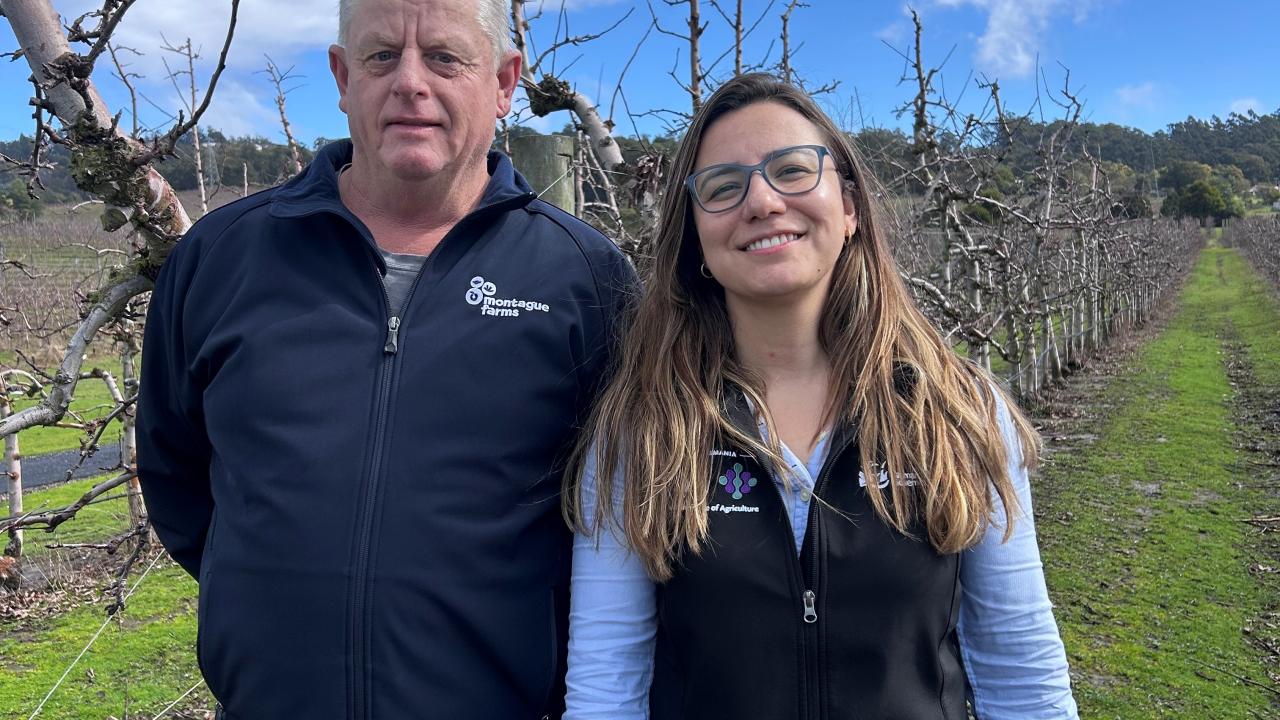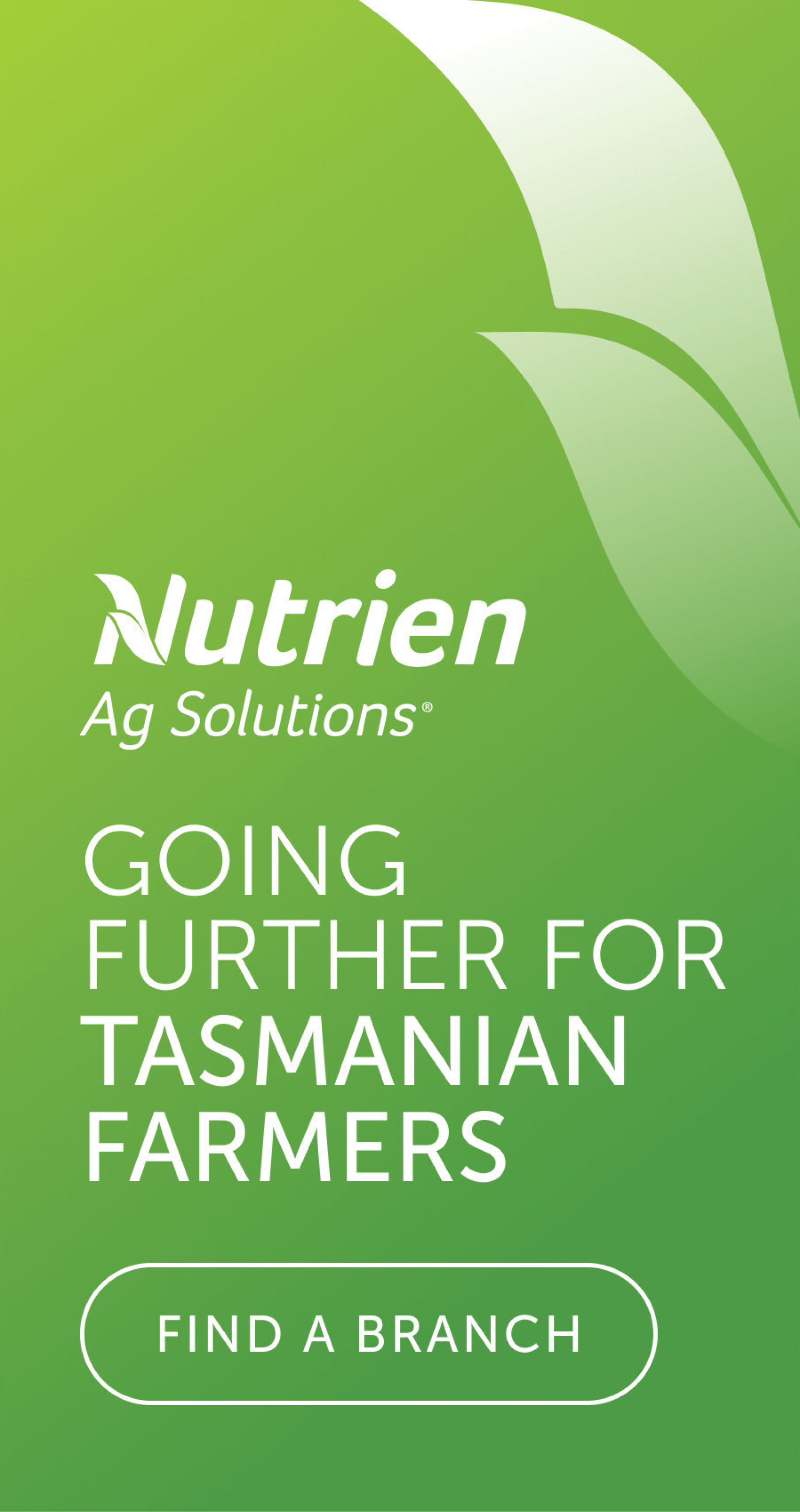Alternative chemicals trialled for apple tree thinning

Precision thinning of apple trees using chemicals is essential to achieve the right crop load with minimal need for expensive hand thinning.
That fact has led a Tasmanian researcher to scrutinise the main thinning agents used in orchards in a way that has never been done before.
Each spring, apple growers are faced with a delicate balancing act as they carefully remove excess flowers and fruitlets from their trees to boost fruit size and quality. It’s a high stakes task they can’t afford to get wrong.
Apple trees typically produce more flowers and fruitlets than they can carry to a marketable size.
Tasmanian Institute of Agriculture tree crop physiologist Leticia Reis said thinning is a fundamental practice in apple orchards because it directly regulates crop load, which in turn influences the number of fruits per tree, yield, fruit size and quality, return bloom the following season, and the long-term profitability of the orchard.
Last growing season, Ms Reis partnered with the team at Montague Farms to trial precision thinning in their commercial apple orchard at Legana in northern Tasmania.
The co-designed trial explored alternative thinning agents and assessed impacts on input costs, labour efficiency, yield and fruit quality.
Rodney Hogan of Montague Farms attended a recent apple thinning workshop at R.W Squibb and Sons Orchards, coordinated by Apple Pear Australia Limited (APAL) at Spreyton where Ms Reis presented her research and invited feedback from industry. He said it was beneficial to be involved in on-farm research trials.
“The more trials we do to see what’s working and what isn’t working gives us the best results for our business,” Mr Hogan said.
“Any research we can do is a big help as apple production is our livelihood. If we can make things easier, smarter and cheaper, that’s what we’re here for.”
The trial found that Brevis, applied once or twice post-bloom and particularly when combined with ATS and Ethrel, performed well and maintained fruit quality, confirming its suitability as an alternative thinner to Carbaryl.
The results also suggested that increasing the rate of Brevis might further enhance thinning efficacy under certain conditions.
For the 2025-26 season Ms Reis is preparing to undertake another tree thinning trial at Montague Farms in a 10-year-old Buckeye Gala orchard.
A key focus will be testing a promising new product containing 1-aminocyclopropane-1-carboxylic acid (ACC), not yet registered for commercial use in Australia.
The trial will evaluate the effects of different timings and doses of ACC applied at bloom and as a rescue thinner under Australian conditions.
The trial will also evaluate the effectiveness of another thinning agent, Metamitron, as a post bloom thinner. Metamitron has been widely studied in Europe and North America, but its performance under Australian conditions is still being refined.
“This project provides the chance to test ACC and deliver early answers to industry on its efficacy, timing, and potential fit within crop load management. It is emerging as a candidate to replace or complement traditional thinners,” Ms Reis said.
The research team will also validate two decision support tools, RIMpro and BreviSmart, by comparing their thinning predictions with observed fruit set and crop load outcomes. This will help determine their usefulness under Australian conditions.
The trials are part of the Apple Production Systems (PIPS) 4 Profit project (AP22004), funded by Hort Innovation using the apple and pear research and development levy and funds from the Australian Government. Hort Innovation is the grower-owned, not-for-profit research and development corporation for Australian horticulture.




Add new comment